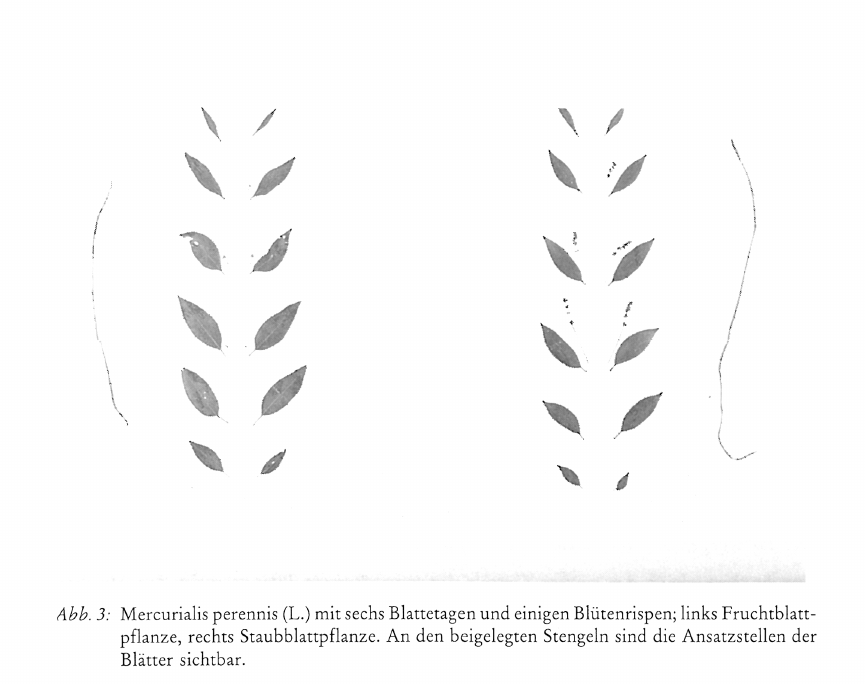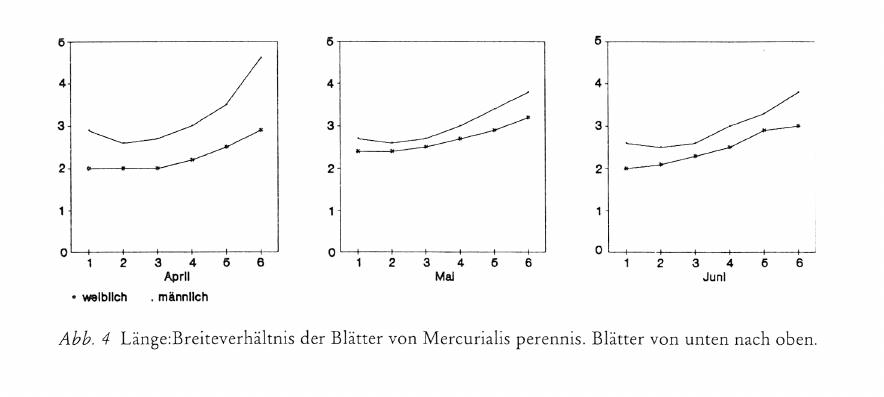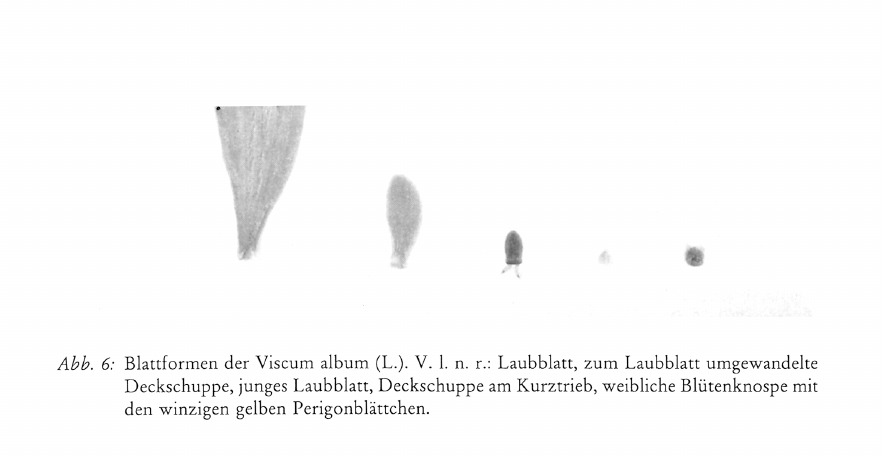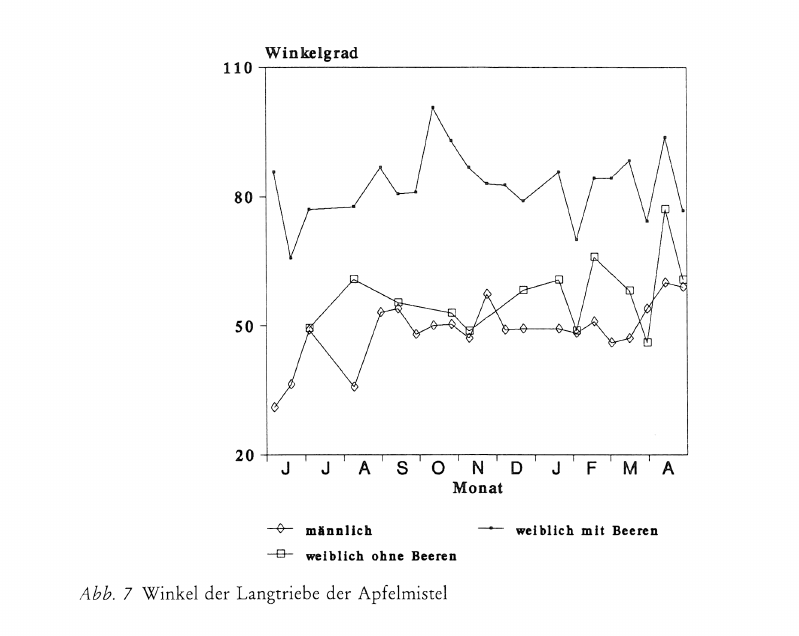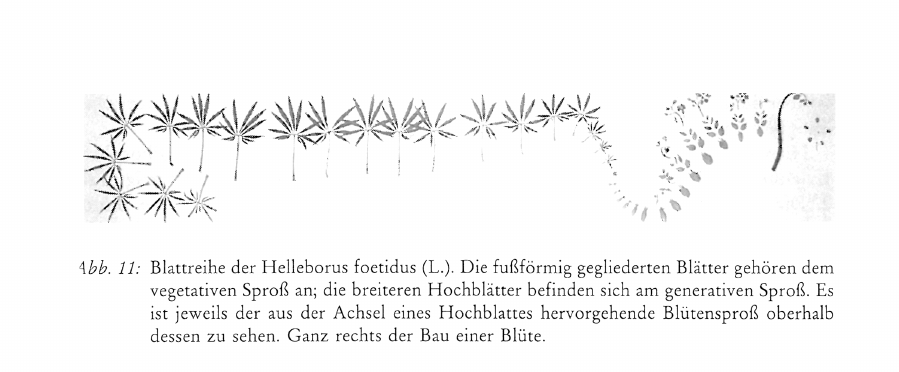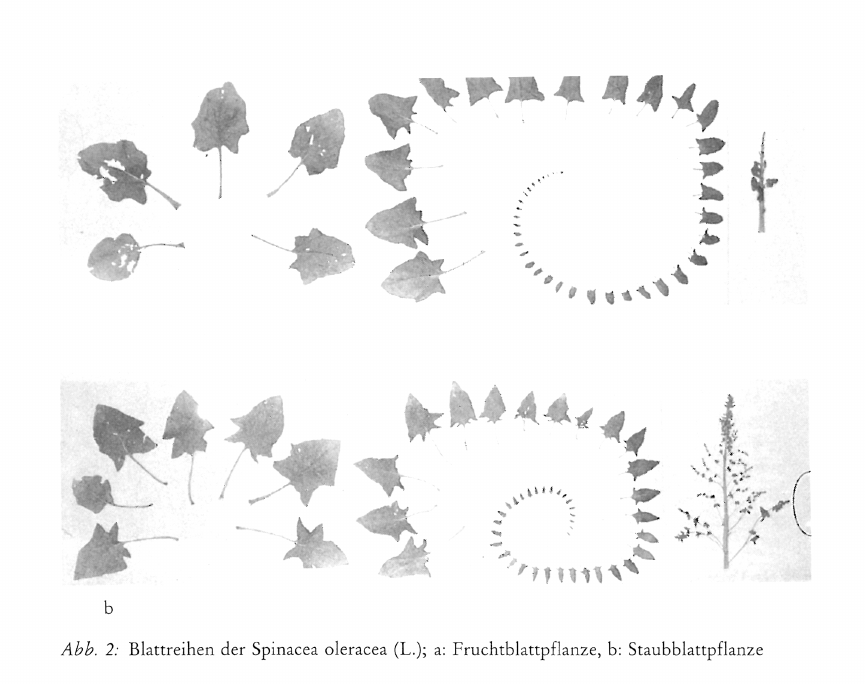Erscheinungsformen der pflanzlichen Geschlechtlichkeit, insbesondere bei Viscum album L., Helleborus niger L. und Helleborus foetidus L.
Elemente der Naturwissenschaft
57,
1992,
P.
98-111 |
DOI:
10.18756/edn.57.98
Article | Language: German | €6.00
Export Article Citation as
- Plain text
- BibTeX
- RIS format
- Download price : € 6.00
Abstract:
Every production, be it leaf, sepals or petals, is generated in relation to the influence of light and darkness. An organ exhibiting a particular sensitivity to the influence of sunlight is the result of a male process of life. An organ with stronger affinity to the influence of earthly darkness is sign of a predominant female process of life. These tendencies of life and generation processes are helpfull in characterising plants, e.g. the mistletoe (Viscum album L.) and some hellebores (Helleborum niger et foetidus L.).
